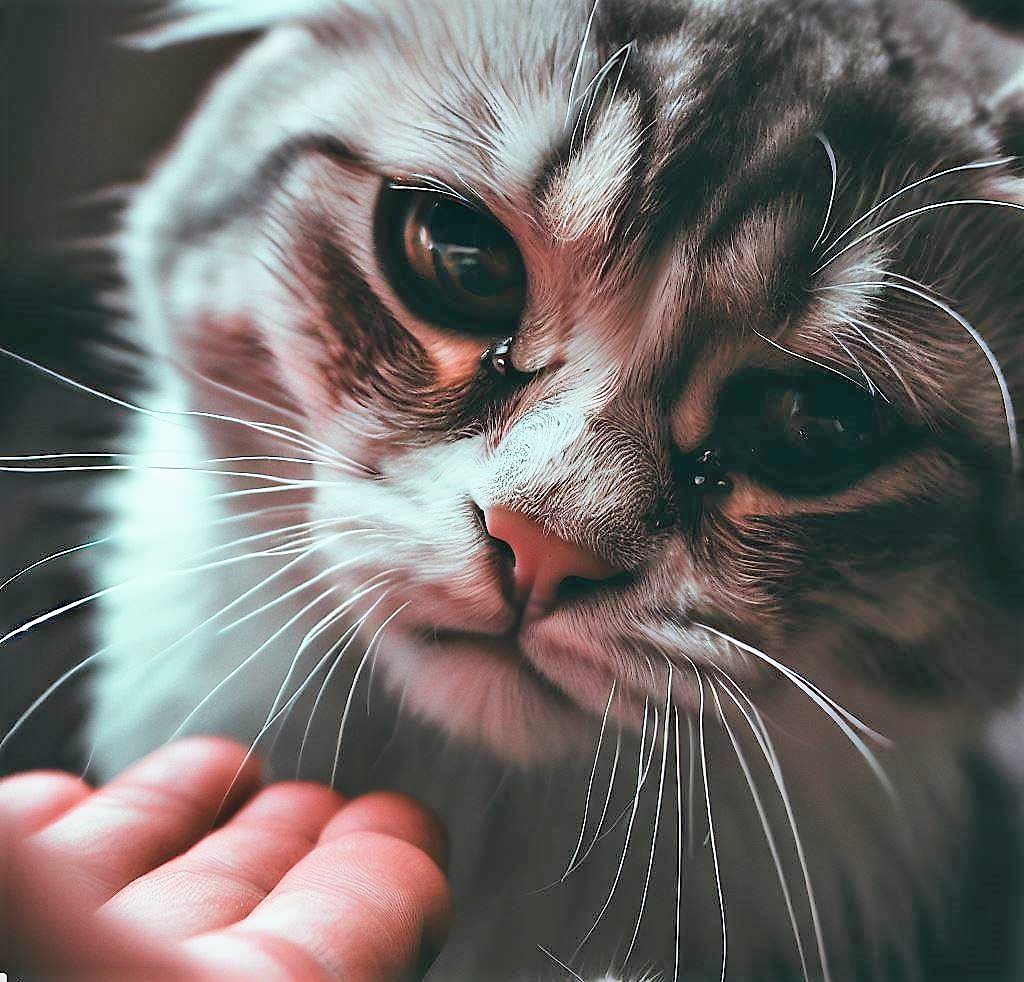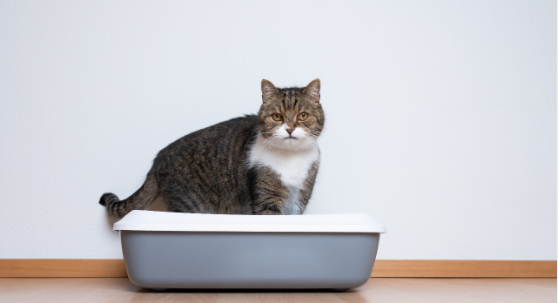
How Do Cats Apologize and Show Remorse?
Cats are captivating and enigmatic creatures, often leaving us in awe of their peculiar behaviors and mysterious forms of communication. As cat owners, we can’t help but wonder about the depth and complexity of their emotional lives. One intriguing question that arises is, “How do cats apologize?” Unlike humans, who typically express remorse through verbal apologies, cats rely on a different set of signals to convey their feelings.
While it may be difficult to imagine a cat saying “sorry,” our feline companions have their unique ways of expressing remorse or attempting to make amends. This may manifest through subtle body language or specific behaviors that can be easily missed if we don’t know what to look for. In this article, we’ll delve into the fascinating world of feline communication to uncover the signs that indicate a cat’s attempt to apologize. Along the way, we’ll also share practical tips for nurturing a strong bond with your cat, which will not only help you better understand their emotions but also create a more fulfilling relationship between you and your feline friend.
By gaining a deeper understanding of how cats communicate and express themselves, you’ll be better equipped to respond to their needs and emotions, ultimately fostering a more harmonious coexistence. This journey of discovery will not only demystify some of the enigmatic aspects of feline behavior but also bring you closer to your cat, enriching the connection you share with your beloved companion.
The Science Behind Cat Communication
To fully grasp how cats apologize and express remorse, it’s crucial to understand the broader context of feline communication. Unlike humans, who rely heavily on verbal cues, cats communicate primarily through body language, vocalizations, and subtle behaviors. Here, we’ll explore the science behind cat communication to gain a deeper understanding of how our feline friends interact with the world around them.
A. Body Language
Cats use a wide range of body language signals to convey their emotions and intentions. These can include ear position, tail movement, and facial expressions. For instance, when a cat’s ears are flattened against its head, it may signal fear or aggression. In contrast, a cat with its ears pointed forward is usually curious or alert. Similarly, a cat’s tail can provide insight into its emotional state. A wagging tail often indicates annoyance or agitation, while a raised and puffed tail may signify fear or excitement.
B. Vocalizations
Cats also use a variety of vocalizations to communicate with humans and other cats. These can include purring, meowing, hissing, growling, and chirping. Each sound serves a specific purpose, ranging from expressing contentment (purring) to warning of potential danger (hissing). Understanding the different vocalizations can help cat owners better interpret their pets’ needs and emotions.
C. Scent Marking
Scent marking is another essential aspect of feline communication. Cats have scent glands on various parts of their body, including their cheeks, paws, and the base of their tail. By rubbing against objects, scratching, or spraying urine, cats leave their scent on their environment, which serves various purposes, such as marking territory, attracting a mate, or establishing a sense of familiarity and comfort.
D. Social Behaviors
Cats are known for their independent nature, but they also engage in social behaviors that can provide insight into their emotions and communication style. These can include grooming, head bumping, and kneading. Grooming, for example, is often a social activity among cats, which helps to establish and maintain bonds. Head bumping, or bunting, is another social behavior where a cat rubs its head against a person or object, typically to mark them with their scent and express affection.
By understanding the different aspects of cat communication, from body language and vocalizations to scent marking and social behaviors, we can better interpret the subtle signals our feline friends use to convey their emotions, including remorse and attempts to apologize. This knowledge can help strengthen the bond between cat and owner, allowing for a more harmonious and fulfilling relationship.
Decoding Feline Apology Signals
There are several key behaviors that may indicate a cat’s attempt to apologize or show remorse:
- Slow blinking: Cats use slow blinking to signal trust and affection. If your cat is slowly blinking at you, it may be their way of apologizing and trying to rebuild trust after a negative interaction.
- Grooming: Cats often groom themselves and others as a form of bonding. If your cat grooms you or another pet after an altercation, it may be their way of making amends and expressing remorse.
- Approaching with a lowered body: When a cat approaches you with its body low to the ground, it can indicate submission and an attempt to apologize. This is especially true if the cat was previously aggressive or upset.
Responding to Your Cat’s Apology
When you notice your cat displaying signs of an apology, it’s essential to respond positively and reinforce their good behavior:
- Offer affection: Gently pet or stroke your cat to show that you accept their apology and appreciate their efforts to make amends.
- Respect their space: If your cat is still feeling uneasy, give them space and allow them to approach you when they’re ready.
- Encourage healthy communication habits: Reinforce positive interactions by responding calmly and patiently to your cat’s attempts to communicate.
Frequently Asked Questions FAQs
- Do cats feel guilt or regret?
While it’s unclear whether cats experience guilt or regret, they can certainly sense when something is amiss and may exhibit remorseful behaviors as a result.
- How can I tell if my cat is upset with me?
Cats may display various signs of being upset, such as avoiding contact, hissing, growling, or swatting. They may also exhibit stress-related behaviors like excessive grooming or changes in appetite.
- What should I do if my cat is aggressive after an incident?
Give your cat space and time to calm down. If the aggressive behavior continues, consult a veterinarian or a professional cat behaviorist for advice.
Conclusion
While cats don’t apologize in the same way humans do, they have their unique methods of showing remorse and attempting to make amends. By understanding and responding positively to these behaviors, you can foster a strong, loving bond with your feline friend. Remember, patience and empathy are key to ensuring a healthy and harmonious relationship with your cat.
As a cat owner, it’s essential to continually learn about your pet’s behavior and communication styles. Cats are complex creatures with a rich emotional life, and understanding their unique ways of expressing themselves can lead to a more profound connection with your furry companion.
By observing your cat closely and being attentive to their needs, you can create an environment where your cat feels secure and loved. This strong foundation of trust and mutual respect will allow your cat to feel comfortable apologizing and showing remorse when necessary, leading to a happier and more fulfilling relationship for both of you.
So, next time you notice your cat exhibiting signs of an apology or remorse, remember to approach the situation with patience and understanding. As you continue to strengthen your bond, you’ll be rewarded with the love and companionship of a loyal feline friend who feels comfortable expressing their feelings and emotions with you.




